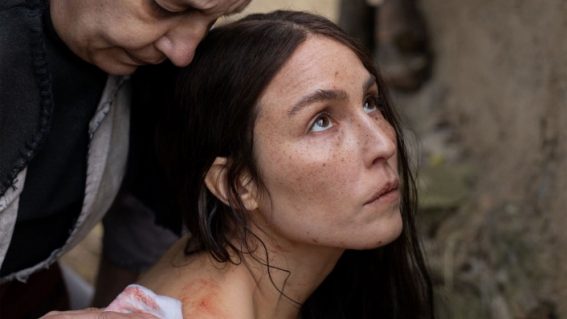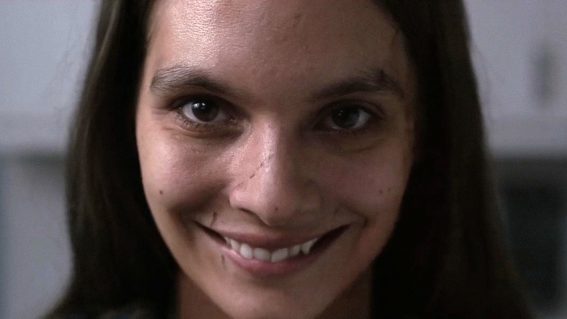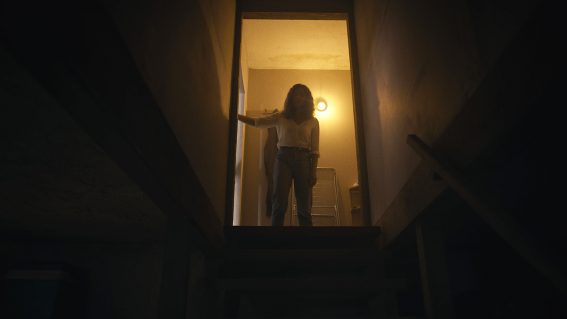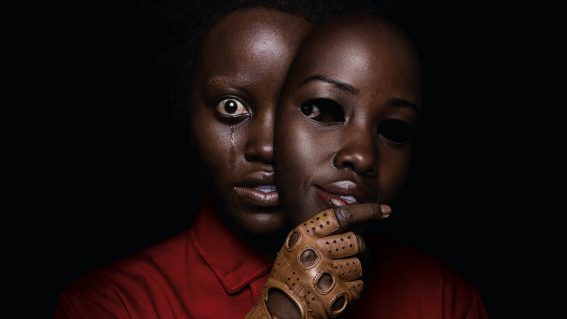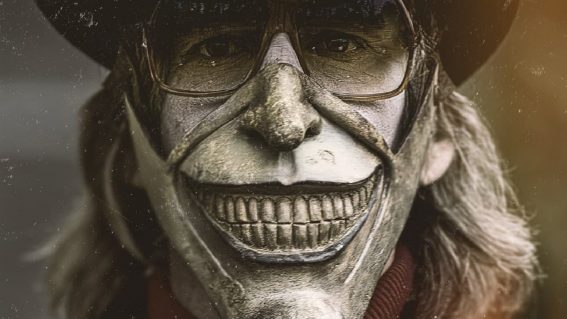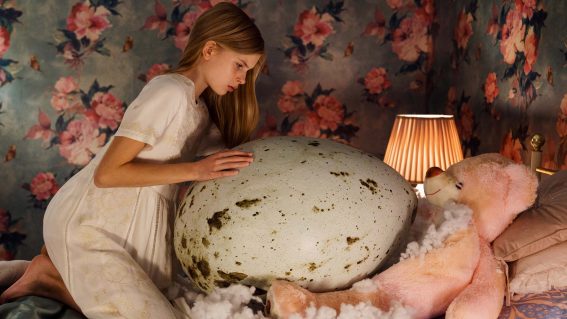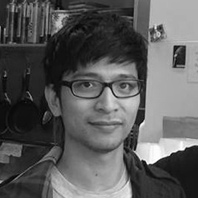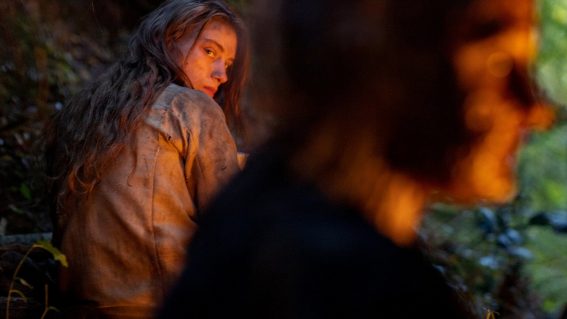
Hospital horror The Power veers into clichéd ghost-lore
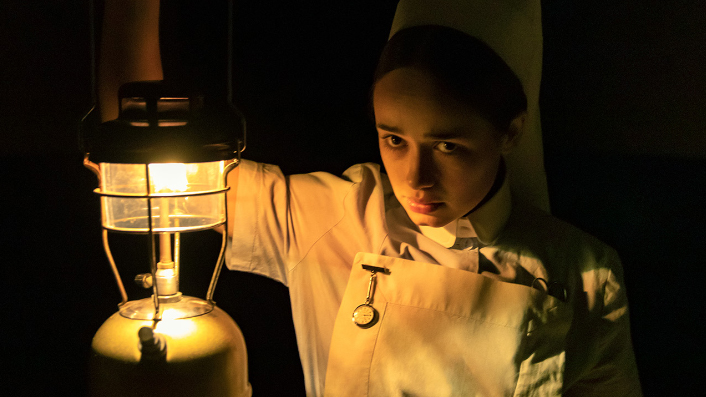
A new horror streaming on Shudder follows a young nurse working the night shift in a spooky hospital during a power cut. The Power is predictable but functional until it veers off in a disappointing direction, writes Tony Stamp.
In January of 1974, England’s Conservative government instituted the Three-Day Week in a bid to conserve electricity after coal mining unions took industrial action. This limited commercial businesses to three consecutive days of power use—essential services were exempt, but during the period (which was over by March), the whole country suffered blackouts.
See also:
* All new streaming movies & series
* The 25 best horror movies on Netflix Australia
This is the backdrop to The Power, which sees a young nurse called Val showing up for her first day at work (of course it’s her first), which stretches into her first night, roaming the darkened hallways of a vast, eerie hospital with only lamplight for company (in reality hospitals, being very much essential, weren’t affected by the blackouts, but let’s not quibble with that).
You don’t need to have seen many horror films to know where this is going: long periods of silence, sudden loud noises and split-second flashes of ghostly faces are just some of the things Val finds herself up against. Oh by the way she’s also afraid of the dark—unlucky!
For much of its runtime, The Power is predictable but functional, with the sort of atmospheric imagery you’d expect from its setup. Haunted house fans will dig this stuff well enough. Then comes a mid-film veer into more peculiar territory, when I felt the pleasing sensation of not knowing where the plot was heading. Unfortunately, this is brief, and the last stretch is a pileup of clumsy social messaging and clichéd ghost-lore.
Horror movies have always made good vessels to smuggle in real-world issues alongside their scares. Romero’s zombie films tackled things like racism, consumerism and jingoism, the Vietnam War hangs over Wes Craven’s early output, and to pick just one earlier example, 1932’s The Most Dangerous Game sees a Russian nobleman hunting commoners for sport. All art is political, despite what certain Reply Guys on Twitter would claim, but horror, poking as it does at our most vulnerable parts, is a perfect fit.
But this can be a tricky balancing act, no matter what the filmmaker’s intentions. Get Out is a razor-sharp look at institutional racism and liberals coveting Black bodies, while Antebellum basically amounts to ‘slave plantations were bad’. Sadly, The Power tips into the latter half of that comparison when it starts to bludgeon us over the head with acts of misogyny, winding up feeling more cringeworthy than cathartic.
Sign up for Flicks updates
It’s no spoiler to say that we get a spirit who has been wronged (who’d a thunk it), and a seemingly upstanding character who transforms on a dime into The World’s Creepiest Dude. The title’s double meaning (which I suspect the whole film was reverse-engineered from) becomes apparent when a man screams at a woman “I have The Power!” I mean, come on.
In general, I’ve been really impressed with the programming on Shudder. We are spoiled for content these days, but for horror fans the streaming service has been a real gift. To name a few, Violation is incredible, The Mortuary Collection is heaps of fun, and even Slaxx—a film about a killer pair of jeans—is surprisingly good. The Power does offer some genuinely spooky imagery, but it’s undone by scenes so on the nose (and poorly performed), they become unintentionally funny. It’s a bummer, and while I’m sure the filmmakers had nothing but good intentions, they didn’t manage to translate them into anything that compelling on the screen.



